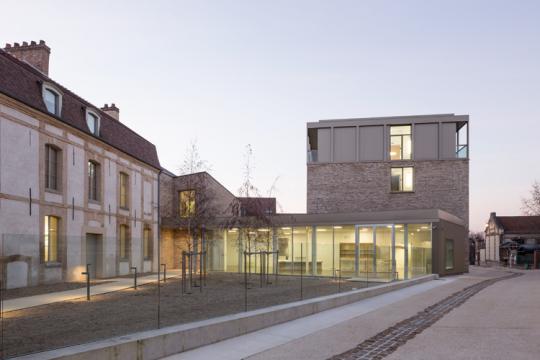
The Musée Camille Claudel, a new museum dedicated to the sculptor Camille Claudel, opened yesterday in a small French town southeast of Paris, finally giving recognition to one of art history’s overlooked female figures.
Claudel has a tragic biography. Born in 1864, she became interested in—and showed an immense talent for—sculpture at a young age, but her gender hindered her for most of her life.
She was mentored by Alfred Boucher and Auguste Rodin before she turned 20, working as Rodin’s assistant and also becoming his lover and muse for over 10 years.
She created expressive busts, nudes, and narrative scenes in marble and bronze, many of which, according to the artnet Price Database, continue to sell for upwards of $1 million at the world’s most prestigious auction houses.
Camille Claudel, Les Causeuses, (vers 1893-1905) Photo Yves Bourel ©Musée Camille Claudel.
In 1906, frustrated at critics constantly comparing her work to Rodin, she began to destroy her artworks, and was institutionalized in 1911. She spent the rest of her life in asylums, and died in 1943, at the age of 78.
The new national museum is located in a house in Nogent-sur-Seine. Despite its small size of around 6,000 inhabitants, the town is prosperous thanks to a nuclear energy plant located there.
In 2008, it spent €13.5 million ($14.5 million) on 43 works by Claudel, bought from the artist’s great niece, Reine Marie Paris. It is the largest collection of her works in the world, and forms the basis of the museum’s collection.
Camille Claudel, L’Abandon (vers 1886-1905) Photo Marco Illuminati ©Musée Camille Claudel.
The museum’s architecture is based on the house where the artist briefly lived as an adolescent, during the time when she first discovered her love of sculpture.
It was renovated by Adelfo Scaranello to include 15 galleries, which will also display works by her mentors and contemporaries from the “Golden Age of French sculpture” at the turn of the 20th century—in total, its permanent collection comprises more than 300 works.